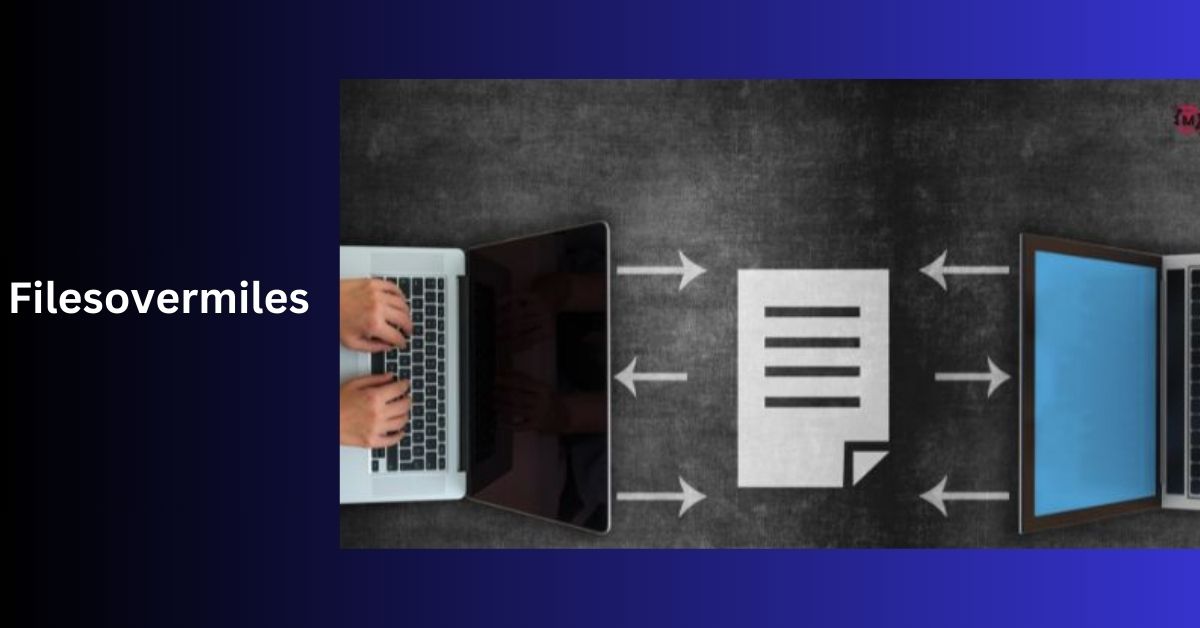Filesovermiles – The Ultimate Guide!
Files Over Miles emerged as a notable player in 2010, pioneering browser-to-browser file sharing in the ever-evolving realm of file-sharing services. However, its decline due to Flash dependencies and limitations prompts a quest for a modern alternative, leading us to the innovative ShareDrop.
Files Over Miles, once a frontrunner in browser-based file sharing, faced demise due to Flash-related challenges. ShareDrop steps in as a robust successor, reshaping the landscape of P2P file sharing with its secure and browser-friendly approach.
Files Over Miles fades into digital history, and ShareDrop rises as the phoenix, offering users an alternative and a revolution in seamless, secure, and browser-agnostic file sharing. Say goodbye to limitations and embrace a new era of peer-to-peer connectivity.
Flashing Innovation And Fading Away – Explore Now!
1. Innovative Approach of Files Over Miles:
Files Over Miles was ahead of its time, introducing a novel approach to file sharing by facilitating direct transfers between browsers.
Users could upload a file, receive a unique link, and share it with recipients, who could download it directly from the sender’s browser. This peer-to-peer model eliminated the need for external servers, promising a faster and more direct file transfer experience.
2. Challenges Faced by Files Over Miles:
Despite its innovative approach, Files Over Miles had its share of challenges. Its reliance on Flash technology posed compatibility issues, and firewall restrictions hindered the establishment of P2P connections.
The requirement for Flash 10 also imposed limitations on file size based on available RAM, leading to a less-than-ideal user experience.
3. Demise of Files Over Miles:
The demise of Files Over Miles was not just a fade-out but a consequence of insurmountable limitations that rendered the platform obsolete.
Users, once enamored by its browser-to-browser file-sharing innovation, found themselves at a crossroads as the challenges outweighed the benefits.
Files Over Miles faced a dual challenge – its dependence on Flash technology and the inherent limitations stemming from that reliance.
The Flash-related challenges hindered compatibility and raised concerns about security and overall user experience. As the technological landscape evolved, the platform’s inability to keep pace led to a gradual decline in relevance.
One of the major drawbacks was the requirement for Flash 10, which not only imposed compatibility issues but also dictated the maximum file size based on the available RAM of the user’s computer.
This restriction undermined the convenience promised by browser-to-browser sharing and posed a significant hurdle for users dealing with large files.
Moreover, firewall restrictions further complicate the user experience. Users often found themselves unable to establish the necessary peer-to-peer connections, hindering the essence of direct browser-to-browser file sharing that Files Over Miles aimed to provide.
As Files Over Miles succumbed to these limitations, users were left in search of alternative solutions that could offer a seamless and secure file-sharing experience without the constraints of Flash and other technical impediments.
ShareDrop – Bridging the Gap and Beyond!

1. ShareDrop’s Emergence:
ShareDrop entered the scene as a successor, learning from the strengths and weaknesses of Files Over Miles. By leveraging WebRTC and Firebase technologies, ShareDrop aimed to provide a secure and efficient browser-to-browser file-sharing experience.
WebRTC and Firebase – Enhancing Security and Real-time Communication!
Unlike Files Over Miles, ShareDrop did not rely on Flash. Instead, it embraced WebRTC for secure real-time communication and Firebase for presence management. This eliminated compatibility issues and provided users with a contemporary and reliable solution.
1. User-Friendly Approach of ShareDrop:
ShareDrop’s user-friendly approach and adaptability to various devices and browsers contributed to its success. Users could open ShareDrop on their devices, discover each other through an Internet connection, and create a unique file-sharing URL.
Shared Comparison: Files vs. ShareDrop – Choose Wisely!
1. Nostalgia for Files Over Miles:
Users who appreciated Files Over Miles for its simplicity and direct approach to file sharing might find a sense of nostalgia in its memory. However, the platform’s limitations and eventual discontinuation paved the way for more modern solutions.
2. Transitioning to ShareDrop:
Users transitioning from Files Over Miles to ShareDrop will appreciate the familiarity of the browser-to-browser sharing concept. The absence of Flash requirements ensures a seamless and secure experience. ShareDrop’s compatibility with a wide range of browsers and devices further enhances its appeal.
Crossing Frontiers: ShareDrop’s Reach – Explore Boundless Sharing!

1. Cross-Browser Compatibility:
ShareDrop supports various browsers, including Edge, Firefox, Opera, Chrome, and Safari 13+. This cross-browser compatibility ensures users can leverage ShareDrop irrespective of their preferred browser, promoting inclusivity and accessibility.
2. Seamless Device Integration:
ShareDrop’s ability to facilitate file transfers between mobile devices (Android and iOS) and desktop computers expands its utility across different platforms. Users can seamlessly share files between their smartphones and computers, breaking down the barriers that traditionally separated these devices in file sharing.
3. Cross-Network Capabilities:
The cross-network capabilities of ShareDrop set it apart from many other P2P file-sharing services. By requiring an Internet connection for device discovery, ShareDrop transcends the constraints of local networks. This makes ShareDrop an ideal choice for users operating in diverse environments, such as those in different offices or connected to different Wi-Fi networks.
Conclusion:
In the end
As Files Over Miles bows out, ShareDrop ascends, marking a transformative shift in P2P file sharing breaking limitations and forging a secure, seamless future.
FAQs:
1. Why did Files Over Miles decline?
Files Over Miles faced challenges due to Flash dependencies and limitations, leading to its eventual demise.
2. How does ShareDrop enhance file sharing?
ShareDrop improves file sharing with secure WebRTC communication, browser compatibility, and cross-network capabilities.
3. What sets ShareDrop apart from other platforms?
ShareDrop stands out with its user-friendly interface, cross-browser support, and the ability to transfer files seamlessly across different devices and networks.
Read Also:





